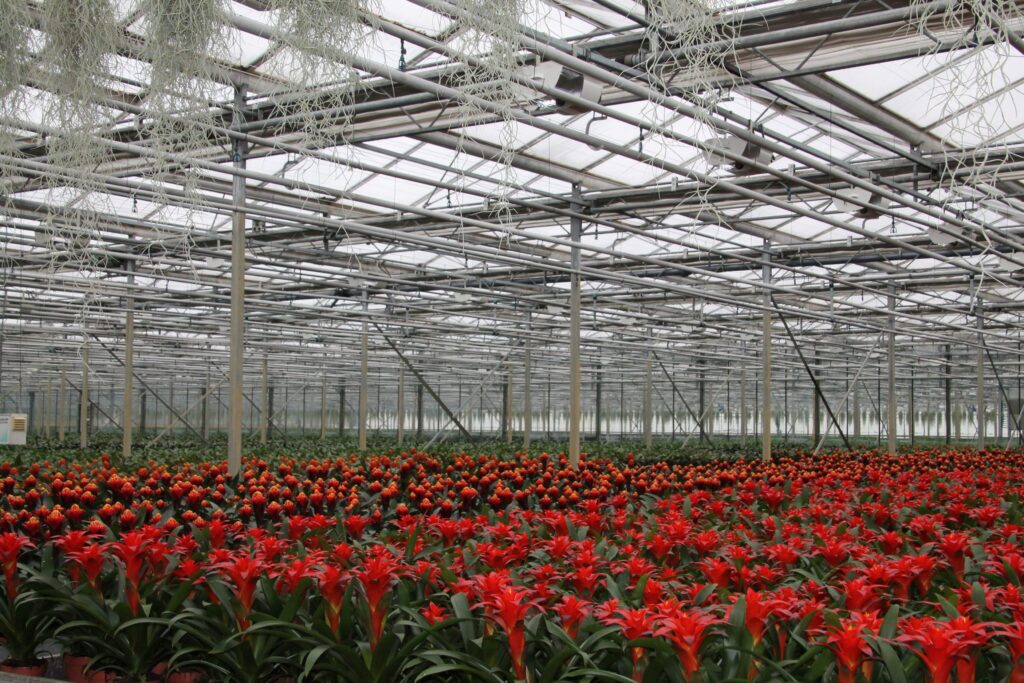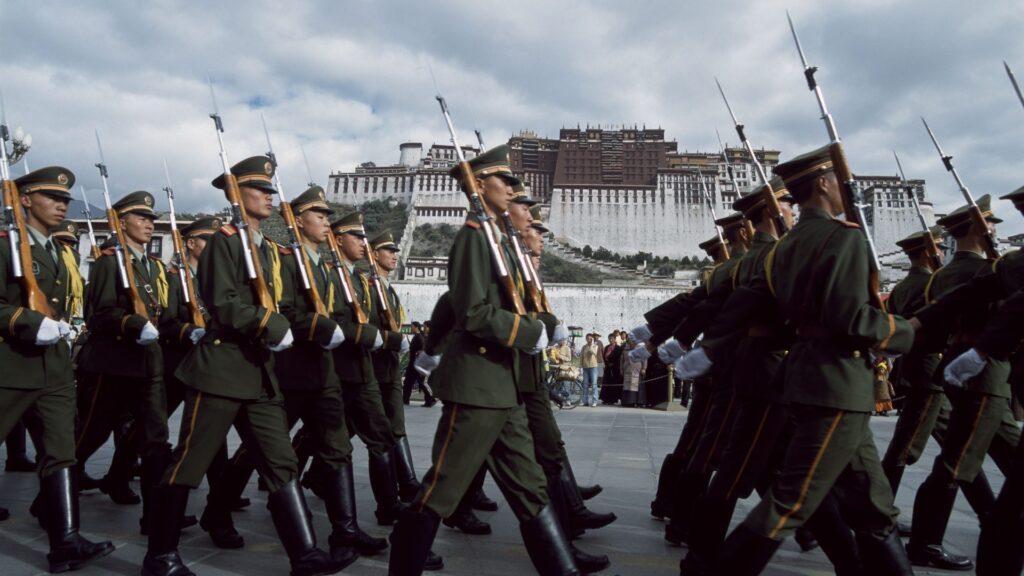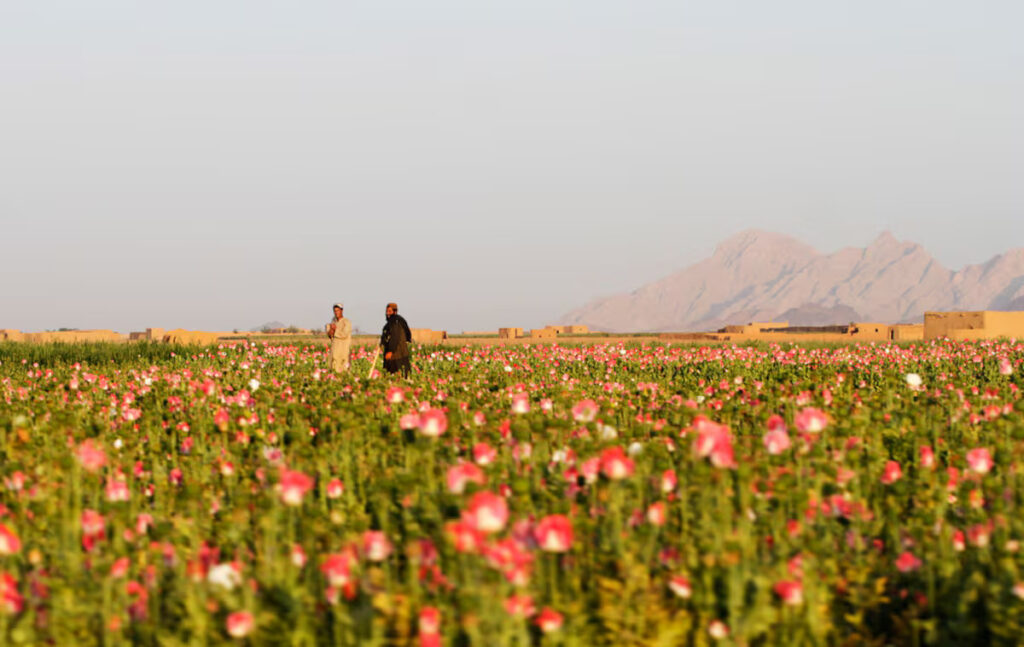The 21st session of the India-Russia Inter-Governmental Commission on Military & Military Technical Cooperation (IRIGC-M&MTC) was co-chaired by Raksha Mantri Shri Rajnath Singh and Russian Defence Minister Mr Andrey Belousov in Moscow on December 10, 2024. Raksha Mantri emphasised that the India- Russia relationship is very strong, and has lived up to the responsibilities of a special and privileged strategic partnership. The ministers confirmed the Military Technical Cooperation agreement until 2031, a deal which is expected to increase joint-manufacturing and technology transfer regimes between the two strategic partners. Russian defence minister Andrey Belousova said that operationalisation of MTC agreement for 2021-31 will give necessary impetus to Make in India initiative.
Union government has new policies to climate-proof agriculture LP Correspondent New Delhi
NICRA (National Innovations in Climate Resilient Agriculture) is a program of the ICAR (Indian Council of Agricultural Research) that is meant to find technological solutions to problems in agriculture arising from rapid environmental change and degradation, like flooding, excess heat and other freak weather events that a consensus of climate scientists believe will increase in frequency for the foreseeable future. One function of NICRA is the identification of districts that are most vulnerable to climate change and require more intervention to maintain the viability of agriculture.
NICRA data shows that 48% of India’s districts are vulnerable to climate change. Now, the Union government has accepted a NICRA recommendation to enact District Agricultural Contingent Plans (DACPs).
Risk and vulnerability assessment of agriculture to climate change has been carried out at district-level for 651 predominantly agricultural districts as per Intergovernmental Panel on Climate Change (IPCC) protocols. Out of 310 districts identified as vulnerable, 109 districts have been categorised as ‘very high’ and 201 districts as ‘highly’ vulnerable. DACPs for these 651 districts have also been prepared to address weather aberrations and recommending location specific climate resilient crops and varieties and management practices. To enhance the resilience and adaptive capacity of farmers to climate variability, a Climate Resilient Villages (CRVs) project has been initiated under NICRA. Location- specific climate resilient technologies have been demonstrated in 448 CRVs of 151 climatically vulnerable districts covering
28 states and Union territories for adoption by farmers.
Other Union policies under the National Mission on Sustainable Agriculture (NMSA) to deal with the adverse climate situations in the agriculture sector.
The Per Drop More Crop (PDMC) scheme was launched in 2015 to teach farmers to use water more efficiently, using drip and sprinkler irrigation systems.
The RAD (Rainfed Area Development) scheme became part of the National Mission for Sustainable Agriculture (NMSA) in 2014. RAD focuses on Integrated Farming System (IFS) for enhancing productivity and minimising risks associated with climatic variability. Mission for Integrated Development of Horticulture (MIDH), Agroforestry & National Bamboo Mission also promote climate resilience in agriculture.
Farmer-Producer Organisations to get boost from IFFCO LP Correspondent New Delhi

The Government of India’s Central Sector Scheme for “Formation and Promotion of 10,000 Farmer Producer Organizations (FPOs),” launched in 2020, aims to strengthen farmers, reduce production costs, and enhance incomes through the aggregation of agricultural produce. Under this scheme, FPOs are being empowered as Common Services Centres (CSCs) for sustainability and financial viability, generating employment opportunities and contributing to rural development. Under this collaboration, FPOs will receive access to vital agricultural inputs, including fertilizers, seeds, and agrochemicals provided by the Indian Farmers Fertiliser Cooperative (IFFCO). These resources are expected to significantly boost productivity while promoting sustainable agricultural practices across the nation.
In an MoU (memorandum of understanding) signed with CSC e-Governance Services India Limited, IFFCO has agreed to ensure the provision of critical agricultural inputs to Farmer Producer Organizations (FPOs), including 10,000 FPOs under the Central Sector Scheme. IFFCO’s Marketing Director Yogendra Kumar and CSC SPV MD and CEO Sanjay Rakesh signed the MoU on December 12. CSC SPV has been responsible for the deployment of key government services, including such as the Pradhan Mantri Fasal Bima Yojana (PMFBY), teleconsultations, crop insurance, e-veterinary services, Kisan Credit Card facilitation, and PM Kisan scheme support through its extensive network of Common Services Centres in remote areas.
16.15 Lakh Electric Vehicles Incentivised Under Fame-II Scheme LP Bureau Report New Delhi

The faster Adoption and Manufacturing of (Hybrid &) Electric Vehicles in India (FAME-India) Scheme was launched to promote electric mobility through demand incentive for electric vehicles. The first phase of the scheme was initially approved for a period of 2 years, commencing from 1st April, 2015. After successful implementation of the scheme, the second phase i.e. FAME-II was launched in 2019 with an outlay of Rs. 11,500 Crore to provide incentives for electric vehicles including two, three, four wheelers, electric buses and also EV public charging stations (PCS).
As of October 31, 2024, a total of Rs. 8,844 crore has been spent, including Rs. 6,577 crore for subsidies, Rs. 2,244 crore for capital assets, and Rs. 23 crore for other expenses. A total of 16.15 lakh EVs have been incentivized, which include 14.27 lakh e-2Ws, 1.59 lakh e-3Ws, 22,548 e-4Ws, and 5,131 e-buses. Additionally, 10,985 EV PCS have been sanctioned, with 8,812 allocated for installation. The scheme includes a phased manufacturing program and has supported significant policy initiatives, such as reducing GST on EVs and enabling state EV policies, contributing to India’s transition to sustainable mobility. While FAME phase 1 focused on technological development, demand generation, pilot projects, and charging infrastructure, the expanded FAME II’s objectives were the electrification of public transportation, offering demand incentives for 7,262 e-buses, 1,55,536 electric 3 wheelers, 30,461 electric 4 wheel passenger cars, and 15,50,225 electric 2 wheelers. 6,862 electric buses were approved for intra-city operations under FAME II, with 4,853 buses supplied by July 2024.
98% of the vehicles targeted under FAME II are 2- and 3-wheelers, which are the dominant classes of electric vehicles now on Indian roads. The Union government’s objective is for electric vehicles to become 30% of all vehicles sold by 2030. With a smaller expected outlay compared to FAME II, FAME III will likely cut down on subsidies but maintain incentives for buyers at Rs. 10,000.







